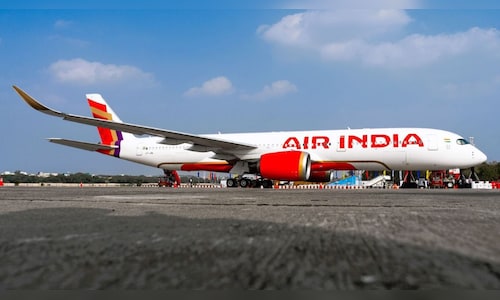Post the flight’s landing, engineers carried out thorough checks of the aircraft and found it to be ‘false indication’. Following the incident, Air India issued a formal statement clarifying the situation: “Flight AI612 operating from Jaipur to Mumbai on 25 July air-returned to Jaipur shortly after take-off due to a suspected technical issue. Troubleshooting checks were carried out and it was determined to be a false indication.
“The aircraft was cleared for operations and the flight proceeded to its destination Mumbai. Any inconvenience caused to our passengers for this unforeseen disruption is sincerely regretted. At Air India, the safety and wellbeing of our passengers remain top priority.”
Also read | Air India gets four showcause notices for 29 violations over crew scheduling, training
The mid-air turnback comes just days after a similar event involving an Air India Express flight bound for Doha. On Wednesday, flight IX 375 returned to Calicut International Airport two hours after departure, with 188 people on board, due to a technical fault in the cabin’s air conditioning system. An airport official confirmed it was not an emergency landing.
Meanwhile, investigations continue into last month’s fatal crash involving an Air India Boeing 787. The crash claimed 241 lives onboard and 19 on the ground. Addressing the probe, US Federal Aviation Administration (FAA) Administrator Bryan Bedford said the tragedy does not appear to have resulted from a mechanical defect or an accidental activation of the aircraft’s fuel control unit.
“We can say with a high level of confidence it doesn’t appear to be a mechanical issue with the Boeing fuel control unit,” Bedford said during an air show in Wisconsin. FAA teams have reportedly removed and tested the relevant components and conducted inspections across the aircraft type, ruling out faults with fuel control systems as a cause. The investigation now centres on the potential role of fuel control switches.
(Edited by : Jerome Anthony)






